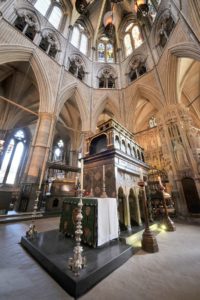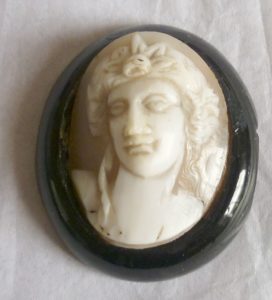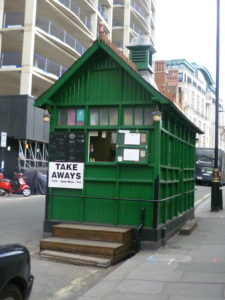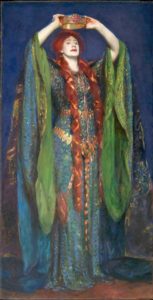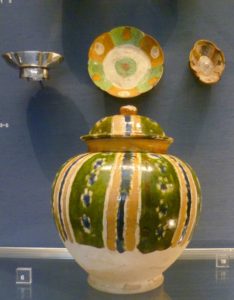Today, I’m re-visiting the Royal Mews, looking the various coaches and landaus, and, of course, the gold ‘Coronation’ coach. Landaus feature in Jane Austen’s novels; the obnoxious Mrs Elton, in Emma, boasts about her sister’s barouche-landau – which she takes every opportunity to mention (presumably because Emma doesn’t have one at Hartfield). But what exactly is a landau?
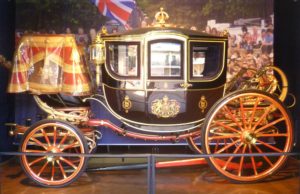
Queen Alexandra’s State Coach dates from 1865. It was used regularly by King Edward VII and Queen Alexandra
A carriage is the general term for any horse-drawn passenger vehicle, from the humble gig to the Gold Coronation Coach. A coach is simply a large carriage. Basically, all landaus are coaches but not all coaches are landaus.
Continue reading The Royal Mews: Coaches and Landaus
Please share this page...

